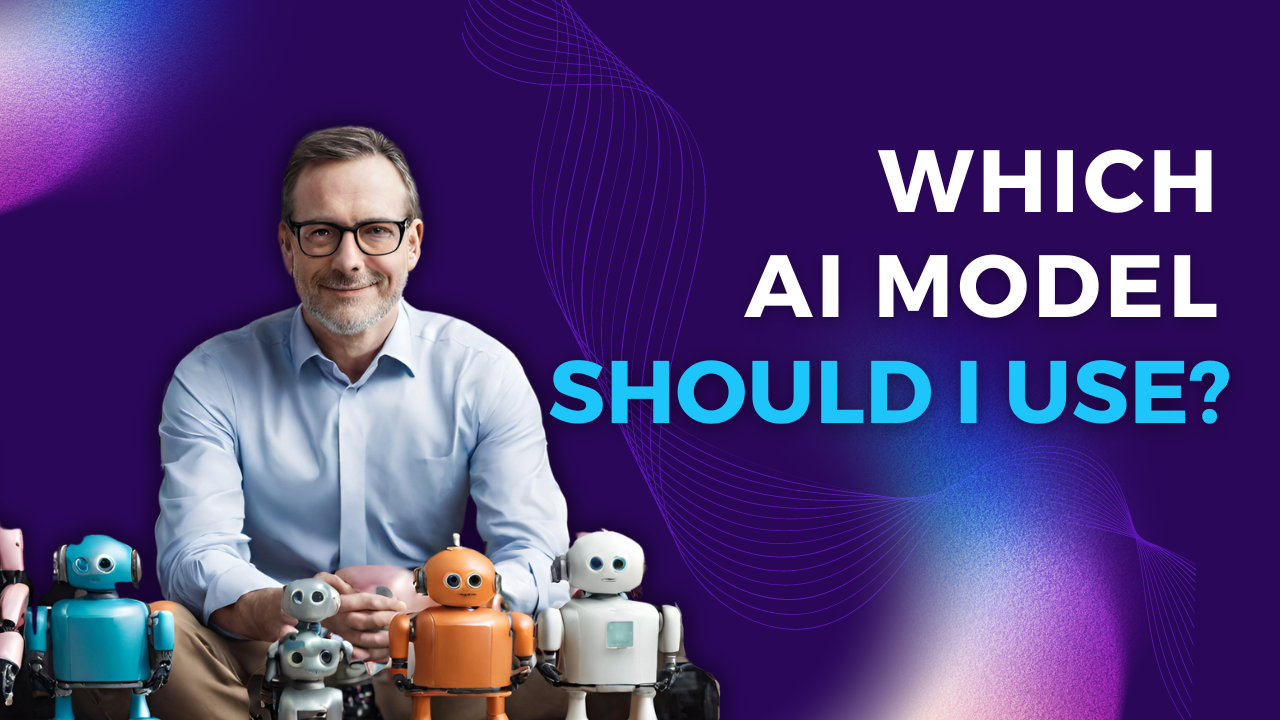As we meet with more and more businesses to help them integrate AI into their operations, the question I’m most frequently asked is, “Which AI model should I use?”
My answer? Experiment with the diversity of AI technologies to determine which model best fits each task and purpose.
The past year has spotlighted three AI models: OpenAI’s GPT-4, Anthropic’s Claude 2, and Google’s emerging star, Gemini.
Each model brings its unique strengths to the table, suggesting that a one-size-fits-all approach might not be the most effective strategy.
Understanding GPT Models
The common misconception about GPT models is viewing them solely as vast knowledge bases.
However, they’re more accurately described as sophisticated reasoning engines. Their training, which involves digesting most of the internet, primarily enhances their ability to reason rather than just regurgitate facts.
This distinction is crucial. GPT models should be leveraged as assistants to accelerate workflows and project reasoning, rather than as infallible sources of truth.
The Evolving Role of GPT-4
GPT-4, with its advanced reasoning capabilities, represents a significant leap forward. It’s not just about the quantity of text it can generate; it’s the quality of understanding and the nuanced insights it offers.
This model has proven to be a valuable assistant across various fields, from coding to content editing and even travel planning. Its ability to act as a dynamic assistant rather than a static knowledge repository, highlights the evolving utility of GPT models in professional settings.
Claude 2
When comparing speed with quality, Claude 2 emerges as a fascinating case study. It’s adept at handling extensive content, making it a formidable tool for summarizing long-form material quickly and efficiently.
This capability makes Claude 2 particularly valuable for content creators and strategists needing to digest and synthesize large volumes of information swiftly.
Gemini
Google’s Gemini model has captured the imagination of the tech world with its remarkable reasoning and real-world interaction capabilities.
Although it’s not yet integrated into Google’s Bard, the anticipation for its inclusion in 2024 speaks volumes about the potential impact of Gemini on the AI landscape.
Exploring AI Diversity
As we look towards the future, the richness of the AI model ecosystem suggests a landscape ripe for exploration.
Whether it’s GPT-4’s nuanced understanding, Claude 2’s summarization prowess, or Gemini’s groundbreaking interactions, each model offers unique opportunities for innovation.
Actionable Insights for Your AI Strategy
- Diverse AI Integration: Don’t limit yourself to a single AI model. Assess your specific needs and explore how different models can complement each other in your workflow.
- Embrace Experimentation: The AI landscape is rapidly evolving. Stay open to experimenting with new models and technologies as they emerge.
- Focus on Strengths: Leverage each model’s strengths to your advantage. Whether it’s GPT-4’s reasoning abilities, Claude 2’s summarization capabilities, or Gemini’s interactive prowess, find the best fit for your project’s needs.
- Prepare for the Future: With models like Gemini on the horizon, it’s clear that AI will continue to evolve. Keep abreast of developments to ensure your strategies remain cutting-edge.
The journey through the AI model landscape is both exciting and complex. By understanding the unique strengths of each model and strategically integrating them into our processes, we can unlock new levels of efficiency, creativity, and insight.

